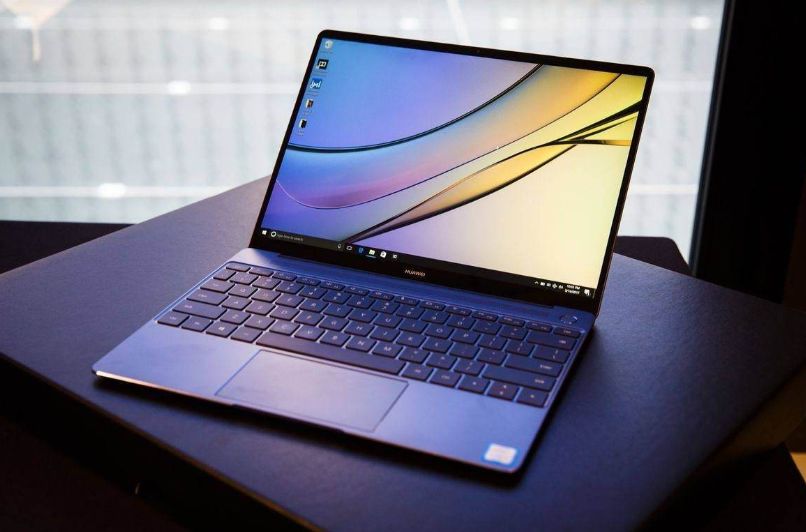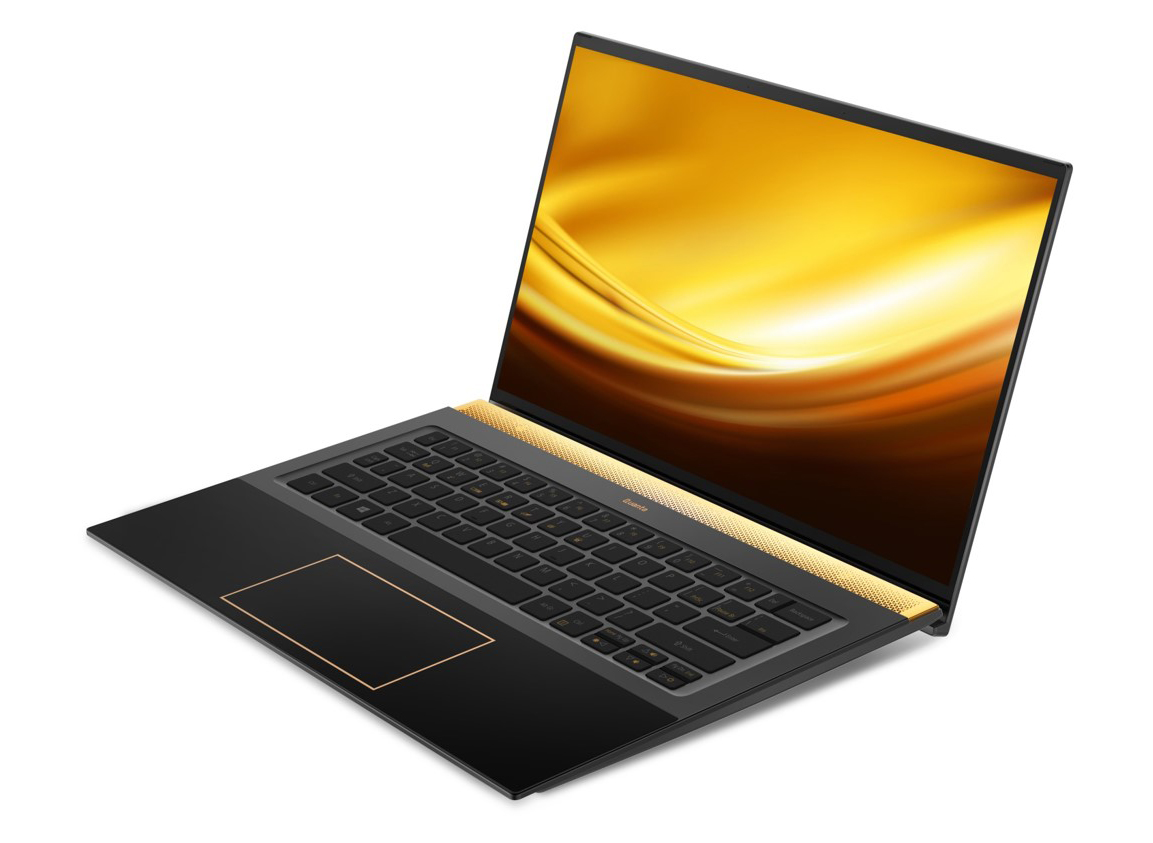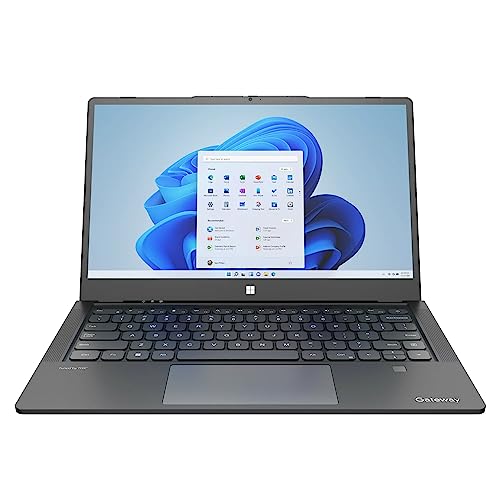Traveling with technology has become a norm in our increasingly connected world. How many laptops can I bring on a plane? For many, laptops are indispensable tools for work and entertainment during travel. However, when it comes to flying, passengers often wonder about the restrictions on bringing laptops on board. Whether you’re a business traveler with multiple devices or a digital nomad with a portable office, understanding airline regulations about laptops is crucial. This article will provide clarity on the policies for carrying laptops on a plane, ensuring you can plan your trip without facing any last-minute hassles at the airport.
Airline Policies and TSA Guidelines
Understanding the TSA’s Carry-On Restrictions
The Transportation Security Administration (TSA) sets the baseline for what is allowed through security checkpoints in U.S. airports. Generally, the TSA does not limit the number of laptops you can bring in your carry-on baggage. However, your laptops must be screened separately when going through security, which means removing them from their bags and placing them in a bin. It’s important to pack in a way that allows for easy access to your devices to streamline this process.
Airline Carry-On Allowances
While the TSA might not have a limit, individual airlines typically have restrictions on the size and number of carry-on items you can bring. Most airlines allow one carry-on bag and one personal item, like a laptop bag, purse, or briefcase. The number of laptops you can fit within your allotted carry-on baggage depends on the space available after packing other essentials. Always check your airline’s carry-on policies before traveling, as these can vary and may be subject to change.

Packing Laptops for Air Travel
Maximizing Space While Protecting Your Devices
When packing multiple laptops, it’s crucial to balance maximizing space with ensuring the protection of your devices. Use padded sleeves or cases for each laptop to prevent damage during handling. Consider consolidating cables and accessories into one bag to save space. Efficient packing will help you carry more items while adhering to airline restrictions on the number and size of carry-on baggage.
Dealing with Checked Baggage
If you have more laptops than can be accommodated in your carry-on luggage, you might have to check them in. However, placing laptops in checked baggage is not recommended due to the risk of theft or damage. If you must check them, use a hard case with a secure lock and pack the devices in the middle of your suitcase, cushioned by clothing or other soft materials. Keep in mind that checked baggage also has weight limits and additional fees may apply if you exceed them.

International Flights and Additional Considerations
Traveling internationally can introduce additional layers of complexity. Some countries have specific regulations about bringing multiple electronic devices across borders. You may be questioned about the purpose of carrying several laptops, as this could raise concerns about illegal import or export activities. Research the customs regulations of your destination country and be prepared to explain the need for multiple devices if asked.
Understanding Lithium Battery Regulations
Laptops are powered by lithium batteries, which are subject to strict regulations when flying. Spare lithium batteries cannot be placed in checked luggage and must be carried in your hand baggage. The FAA allows lithium batteries with up to 100 watt-hours (Wh) without approval, and up to two spare batteries between 100 Wh and 160 Wh with airline approval. Ensure your devices are within these limits to avoid complications during your journey.

Tips for a Smooth Airport Experience
Preparing for Security Screening
To expedite the security screening process, charge all your laptops ahead of time. Security agents may ask you to turn on your devices to verify they are real. Keep your laptops easily accessible in your carry-on luggage to quickly remove them for X-ray screening. Follow the TSA’s instructions and have a clear understanding of the security procedures to make the process as smooth as possible.
Considering Frequent Flyer Programs and Business Class
Frequent flyers and business class passengers often enjoy more generous carry-on allowances. If you regularly travel with multiple laptops, consider joining an airline’s frequent flyer program or booking business class tickets to take advantage of these benefits. Some airlines offer priority screening lanes or additional carry-on allowances for their premium or loyal customers, making it easier to travel with multiple devices.

Ensuring Compliance and Avoiding Penalties
Staying Informed of Changing Airline Policies
Air travel regulations are constantly evolving, and staying informed is the best defense against unexpected complications. To avoid penalties such as additional baggage fees or having to check in one of your devices unexpectedly, regularly review the latest policies announced by both the TSA and your chosen airline. Sign up for alerts or newsletters from aviation authorities and industry watchdogs. This way, you will be notified of any changes that could affect how many laptops you can bring, ensuring compliance and a stress-free airport experience.
Documenting and Securing Your Tech Gear
When flying with several laptops, proper documentation can prove invaluable, especially in the case of international travel or if an issue arises. Keep a record of the serial numbers, makes, and models of your devices. Additionally, consider travel insurance that specifically covers expensive electronics. Use strong passwords and encryption to secure sensitive information on your laptops. In the unfortunate event that your tech gear is lost or inspected, your proactive measures can provide an additional layer of security and facilitate the recovery or replacement of your devices.

Carrying laptops on a plane is commonplace, but it’s essential to navigate the rules set forth by the TSA and individual airlines. While there is no specific limit to the number of laptops you can bring in your carry-on, space constraints, packing strategies, and airline policies play a critical role in determining how many devices you can actually take with you. International regulations and battery restrictions add further considerations to keep in mind. By preparing in advance and understanding the guidelines, you can ensure that your airborne tech travels safely and securely, allowing you to stay productive and entertained throughout your journey. With careful planning and packing, your laptops can accompany you to any destination, keeping you connected wherever you go.